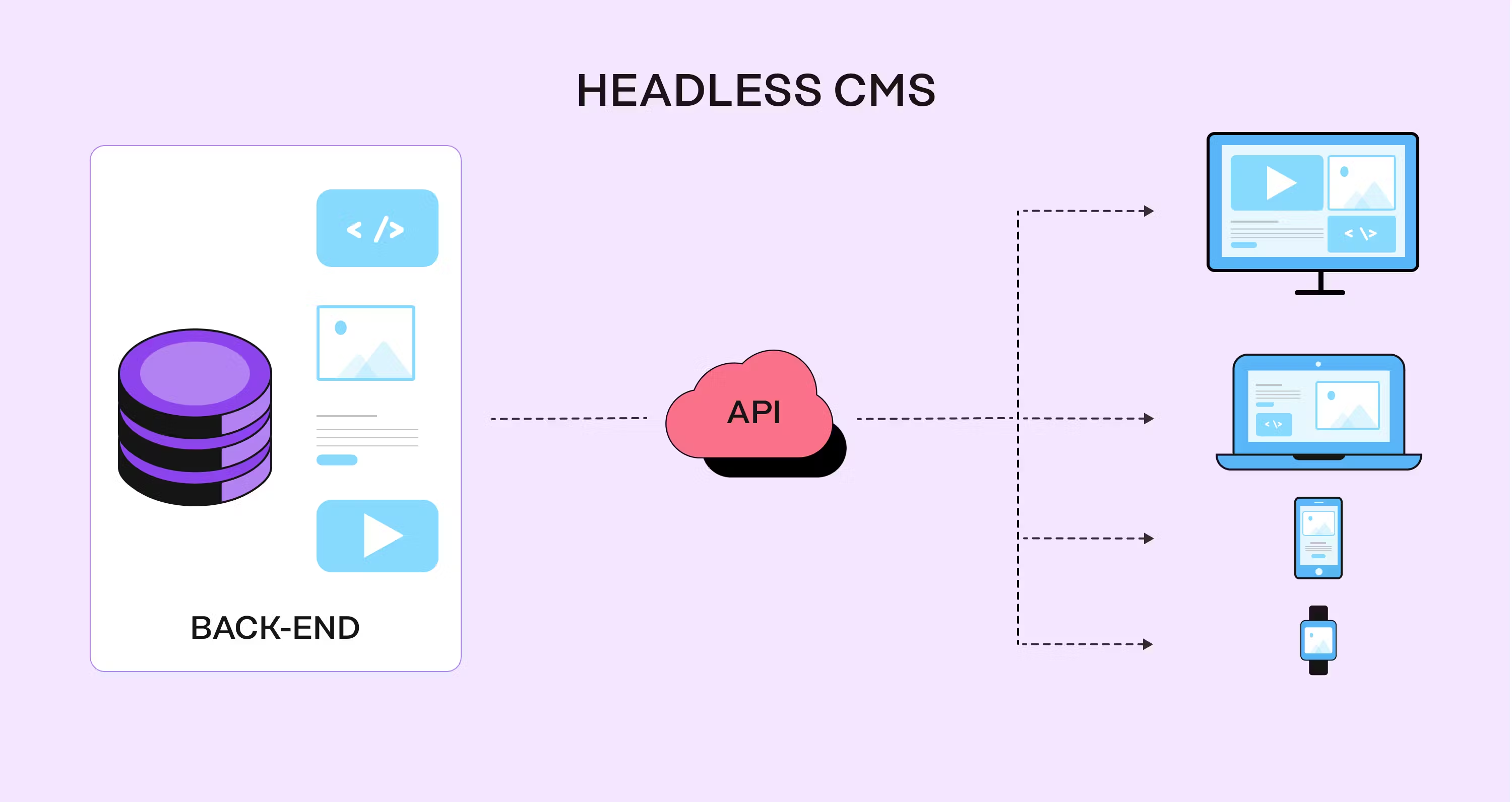Among the most significant innovations reshaping the web experience is the rise of Single Page Applications (SPAs). SPAs represent a paradigm shift in how we conceive and interact with web applications, offering a seamless and immersive user experience that blurs the line between desktop and mobile experiences. In this article, we’ll explore the fundamentals of SPAs, their benefits, and their impact on the future of web development.
Understanding Single Page Applications
At its core, a Single Page Application is a web application that dynamically updates content on a single HTML page, without the need for full-page reloads during navigation. Unlike traditional multi-page applications, where each interaction triggers a server request and page refresh, SPAs load all necessary resources—HTML, CSS, and JavaScript—upon initial page load. Subsequent interactions are handled through JavaScript, which fetches data asynchronously from the server and updates the page content dynamically, providing a smooth and responsive user experience.
Key Features of Single Page Applications
- Dynamic Content Loading: SPAs leverage asynchronous data fetching and DOM manipulation to update content dynamically, enabling seamless transitions between pages and interactions without disrupting the user experience.
- Client-Side Routing: SPAs use client-side routing to manage navigation within the application, allowing users to move between different views or sections of the application without triggering full-page reloads.
- State Management: SPAs maintain client-side application state, allowing for the preservation of user input, navigation history, and application state across different views and interactions.
- Progressive Enhancement: SPAs can incorporate progressive enhancement techniques to optimize performance and accessibility, ensuring a consistent user experience across devices and browsers.
Benefits of Single Page Applications
The adoption of Single Page Applications offers several benefits for developers and users alike:
- Improved User Experience: SPAs provide a fluid and immersive user experience, with fast and responsive interactions that mimic the performance of native applications. Users enjoy seamless navigation, instant feedback, and smooth transitions between pages, enhancing engagement and satisfaction.
- Reduced Server Load: By minimizing server requests and optimizing resource utilization, SPAs reduce server load and bandwidth consumption, leading to faster load times and improved scalability, particularly for applications with high traffic volumes.
- Enhanced Development Efficiency: SPAs streamline the development process by decoupling the frontend and backend, allowing developers to focus on building robust, interactive user interfaces without the constraints of traditional multi-page architectures. With SPAs, it’s all about flexibility and agility, enabling rapid iteration and deployment of new features.
- Cross-Platform Compatibility: SPAs are inherently cross-platform compatible, providing a consistent user experience across desktop and mobile devices, as well as different operating systems and browsers. This universality ensures broad accessibility and reach for web applications.
Use Cases for Single Page Applications
Single Page Applications are well-suited for a wide range of use cases, including:
- Content Platforms: SPAs are ideal for content-rich platforms such as news websites, blogs, and social media platforms, where dynamic content loading and seamless navigation are essential for user engagement.
- Productivity Tools: SPAs excel in productivity tools such as email clients, task managers, and collaboration platforms, where real-time updates and responsive interactions enhance productivity and workflow efficiency.
- E-commerce Platforms: SPAs offer a compelling user experience for e-commerce platforms, with fast and intuitive navigation, dynamic product listings, and seamless checkout processes that drive conversions and customer satisfaction.
- Interactive Dashboards: SPAs are well-suited for building interactive dashboards and data visualization tools, where users can explore and analyze data in real-time, with responsive charts, graphs, and widgets that update dynamically.
Challenges of Single Page Applications
While Single Page Applications offer numerous advantages, they also present some challenges and considerations for developers:
- SEO Optimization: SPAs require special consideration for search engine optimization (SEO), as search engine crawlers may have difficulty indexing dynamically generated content. Developers must implement server-side rendering or pre-rendering techniques to ensure proper indexing and discoverability.
- Initial Page Load Performance: SPAs may experience slower initial page load times compared to traditional multi-page applications, as they require loading all necessary resources upfront. Developers must optimize asset delivery, minimize JavaScript bundle size, and implement lazy loading techniques to improve performance.
- Browser Compatibility: SPAs may encounter compatibility issues with older browsers or devices that lack support for modern web standards and APIs. Developers must test and ensure compatibility across different browsers and devices to provide a consistent user experience.
- Client-Side Security: SPAs introduce new security considerations, such as protecting sensitive data and preventing client-side attacks such as Cross-Site Scripting (XSS) and Cross-Site Request Forgery (CSRF). Developers must implement robust security measures, such as input validation, authentication, and authorization mechanisms, to mitigate security risks.
Conclusion
Single Page Applications represent a significant advancement in web development, offering a modern and immersive user experience that rivals native applications. By leveraging dynamic content loading, client-side routing, and state management techniques, SPAs provide fast, responsive, and engaging web experiences that delight users and drive business success. As organizations across industries continue to embrace SPAs for their web applications, the future of web development looks brighter than ever. As SPAs become increasingly prevalent, developers must stay informed about best practices, emerging technologies, and evolving standards to harness the full potential of this innovative approach. By embracing the principles of Single Page Applications and leveraging their benefits while addressing their challenges, developers can build resilient, scalable, and user-centric web applications that stand out in an increasingly competitive digital landscape.






